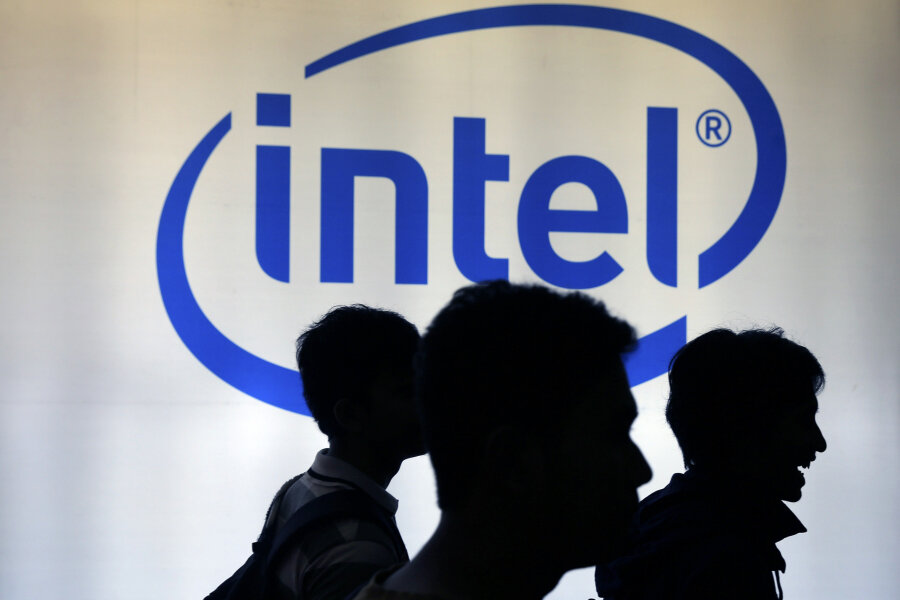Moore’s law is coming to an end. Blame quantum uncertainty.
Loading...
After more than 50 years, Moore’s Law, a prediction that has driven technological advances from personal computers to digital cameras and smartphones, is coming to an end.
The “law” was articulated in 1965 by Intel co-founder Gordon Moore, who observed that the number of transistors in a microchip was doubling about every two years and predicted that this ever-increasing density would continue at least into the 1970s. In fact, after silicon chip companies started using Moore’s Law as a roadmap for development, the trend continued for an additional four decades, right up to the present day.
As transistor density increased, microchip-powered devices improved as well. First personal computers, and then consumer electronics of all kinds, got roughly twice as powerful every two years as devicemakers were able to harness the horsepower of improved chips.
Transistors shrunk steadily year after year, allowing researchers to fit more of them on a microchip. In 1978, the Intel 8086 chip packed 29,000 transistors into 0.05 square inches; in 2015 Intel’s 18-core Xeon Haswell-E5 fit 278 million transistors into the same area.
The circuits found in the best commercially available microchips are now just 14 nanometers across, a little more than one ten-thousandth the width of a human hair. If circuits get much smaller the transistors themselves will be just a few atoms wide, and at that level electrons are subject to quantum uncertainties that make operation unreliable. In other words, microchips are already so small that six to ten years from now researchers will start to run in to fundamental limits imposed by physics, unless alternative materials or new quantum effects are discovered.
There’s an economic problem, as well. Electrons generate heat as they move through microchip circuits, and that heat has to be dissipated so users don’t get burned by their devices. In 2004, chipmakers capped microchip clock speeds and began adding multiple “cores” to deal with the heat problem. But the technology needed to make chips faster without making them melt is becoming more complex and expensive to manufacture, and cutting-edge manufacturing facilities may soon become simply too costly to build.
But while processor improvements are slowing down, the tech industry won’t come to a standstill. The 2014 “Roadmap for Semiconductors,” an industry plan released by a consortium of chipmakers, acknowledges that companies can no longer follow Moore’s Law.
In March, the consortium will release a plan in which chip design will be guided by device needs, according to a report in Nature. Rather than cramming more transistors into a microchip and letting device makers build around that, Intel and others will build chips that meet market needs. The new plan, dubbed “More than Moore,” will probably lead to lower-power chips for smartphones and Internet of Things devices as well as processors that include additional micro-components such as memory and power management.








